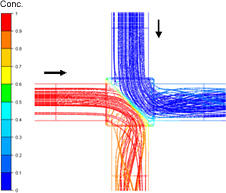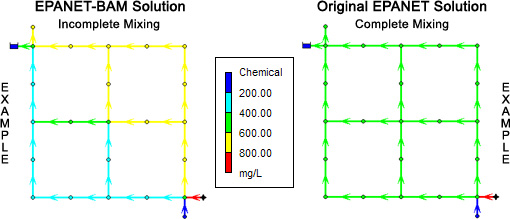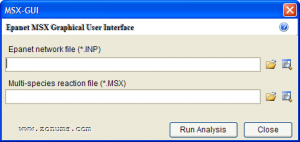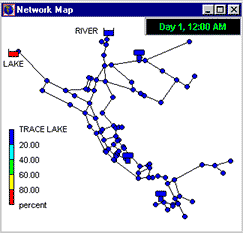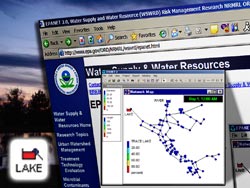Cholera kills hundreds in Zimbabwe
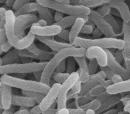 Almost 12,000 people have contracted choleraֲ since August in Zimbabwe, and the outbreak threatens to grow more direֲ and deadlyֲ because the nation can’t pay for chemicals to treat water or for doctors to treat victims.
Almost 12,000 people have contracted choleraֲ since August in Zimbabwe, and the outbreak threatens to grow more direֲ and deadlyֲ because the nation can’t pay for chemicals to treat water or for doctors to treat victims.
Residents in Harare were digging shallow holes in their yards in hopes of finding water. In some cases, nearby holes served as latrines. Other residents were getting water from polluted rivers.
“Just be strong. This will come to an end one day,” MDC Vice President Thokozani Khupe told cholera patients while visiting the Beatrice Infectious Diseases Hospital in the capital Monday.
The World Health Organization reports that 11,700 people in Zimbabwe have contracted the curable disease and 473 people have died from it since August — but MDC Health Secretary Henry Madzorera said the numbers are being underreported. He did not say by how much.
At Beatrice hospital in Harare, bodies were piled in the mortuary, awaiting relatives to collect them.
“We are receiving up to 15 bodies a day since the cholera outbreak. That is why we have started piling them like that. We cannot cope with the situation,” a hospital official said.
Source: CNN
